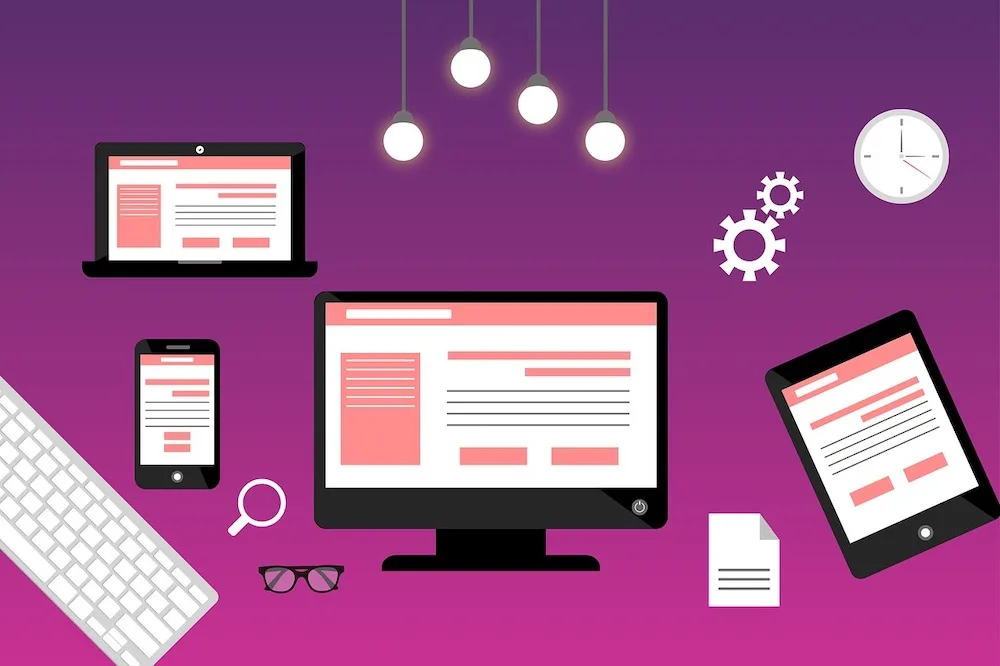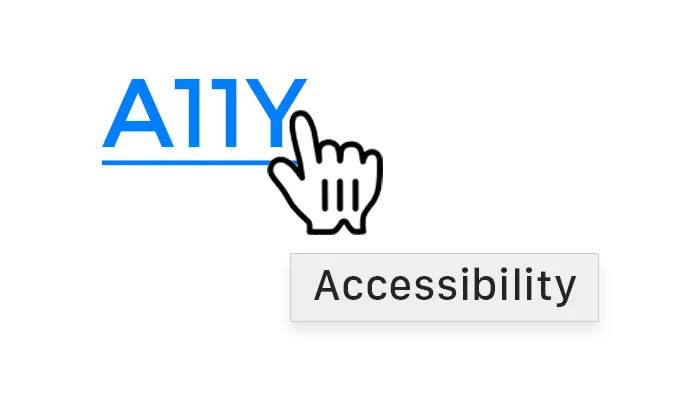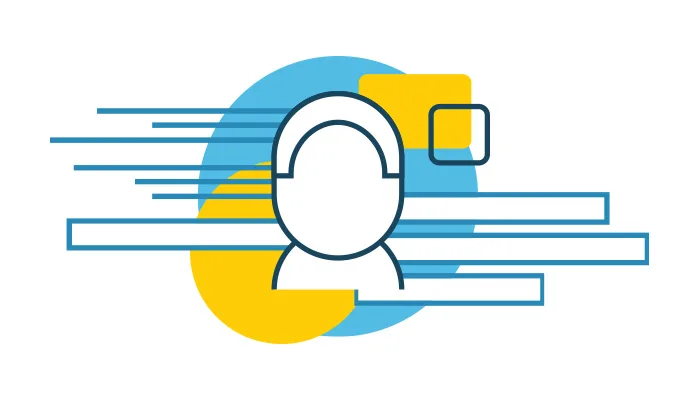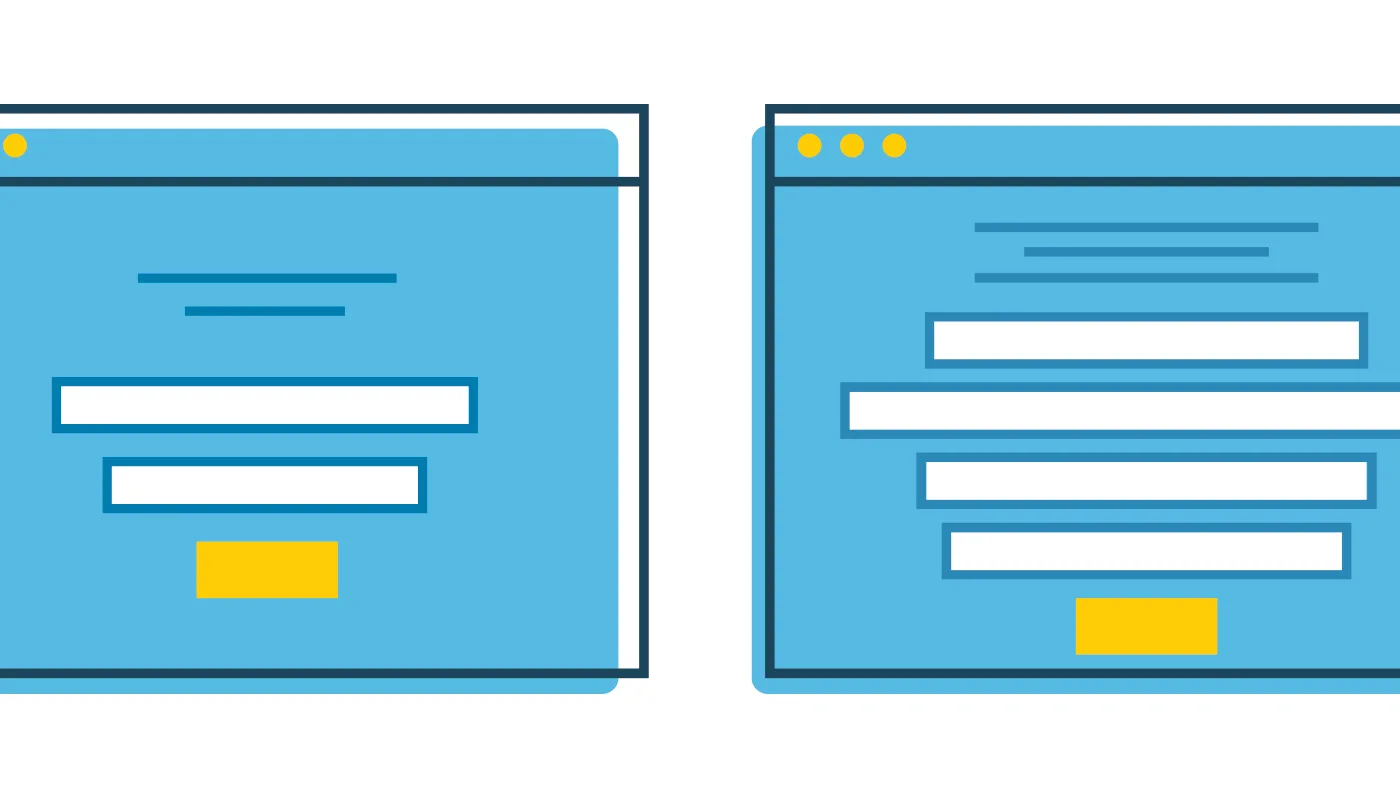This website uses cookies so that we can provide you with the best user experience possible. Cookie information is stored in your browser and performs functions such as recognising you when you return to our website and helping our team to understand which sections of the website you find most interesting and useful.
Category: Level-up
-
Four short-term steps to design great customer experiences (and one long-term step, too)

Let’s jump right in. The core meaning of experience design can be found in the name itself: Experience design is an approach in which you draw on a holistic view of your users to design your products, processes, and strategies. To design their experience with your organization. Right now, we’re in what many call the “Experience Era” […]
-
10 enhancements you can make to your website while social distancing

Now more than ever, it’s important to leverage the tools that connect your organization with your audiences. Here’s a list of enhancements to make your website work harder for your remote teams and better serve your customers during this time of social distancing: 1. A site-wide notification banner Why use a site-wide notification banner? If […]
-
Building customer trust with responsible data collection

Being digital- and human-focused means we keep our eyes on how people are reacting to technology. One thing we’ve started to put more thought around when working with our clients is how we are collecting and using data that measures performance and drives innovation. Internet users are becoming more aware that websites collect and use […]
-
Creating inclusive naming conventions in technology

For years I’ve subscribed to standard naming conventions in software development, like master/slave and blacklist/whitelist, until now. We’re rethinking the language we use for software development Naming is a big part of software development. We use it to organize and understand a codebase and to identify how objects communicate with one another. This means any […]
-
What problems are we solving with UX design?

“What problem are we trying to solve?” As User Experience (UX) practitioners, we’re constantly asking this question of our team, our clients, and our work. UX design is pivotal in making decisions about the way product experiences come to life and in ensuring those products are serving the user needs. Successful products solve problems. That […]
-
Quick research & planning tasks to tackle during your downtime

As we know, business never stops, so the documents and reports we use to direct and track that business should be living documents. Yet often, we focus on immediate tasks at hand rather than our guiding documentation. The time between Thanksgiving and the new year seems to be either a mad scramble or an eerily […]
-
Seven steps to learning a new technology

Have you ever had a client say something like, “I love that idea, but can you write it in Ruby?” Your gut drops, and your blood pressure rises. Outside of hearing the Ruby referenced all the time, you know little about it. And you’re supposed to be the tech expert in the room! At the same time, […]
-
How to make (and keep) digital accessibility a priority

For some businesses, accessibility is a requirement, for some it’s not, but one thing has been made strikingly clear in recent years: digital accessibility standards are best practices for everyone. They are really human standards. And yet they are often ignored or overlooked once digital projects get going because in most cases there isn’t a […]
-
5 tips for creating effective user personas

Full disclosure: I don’t create user personas. But that’s exactly why you should read this. Because I’m a person who uses them, and that makes me even more equipped to tell you what works. Experts may know how to create personas, but the people who use them know when they really work. First, what is a user […]
-
What the content first approach is and why you should use it

Quick Note on the Definition of Content Before we define the Content First approach to creating digital experiences, humor me while I quickly say a few things about the definition of content that I hope we can all agree on: Now that that’s settled, let’s talk about the value of putting this content front and […]
